11 High-Protein Hacks for Women to Burn Fat and Build Muscle Every 4 Hours
Does the thought of another restrictive diet make you want to reach for the cookie jar? You're not alone. Many women find themselves trapped in a cycle of severe calorie cutting and frustrating results. But what if the secret to successful weight loss isn't about eating less but eating smarter? Dr. Taz Bhatia, M.D., CNS, L.AC, and Danni Patton, AKA the Macro Coach, are two experts championing a high-protein approach to weight loss and overall health. Their insights might just revolutionize the way you think about food and weight management.
Why Protein Matters
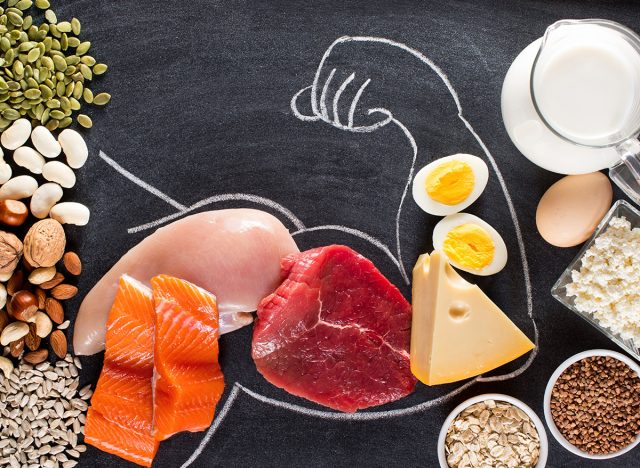
In her video, Dr. Taz explains, "Protein is becoming increasingly important in our diets because we are starting to really understand that the entire conversation around weight, belly fat hormone balance, and so much more centers around blood sugar." She adds, "Blood sugar is regulated in our body by our gut, our liver, and our pancreas, and we really need all of those organs working together in harmony."
Nutritionist Danni Patton echoes this sentiment, saying, "Did you know that protein burns more calories through the digestive process than carbs + fats? On top of that, eating the right amount of protein for you can aid in smoother fat loss, hormone regulation, appetite regulation, energy levels and build/preserve muscle mass."
How Much Protein Do You Need?
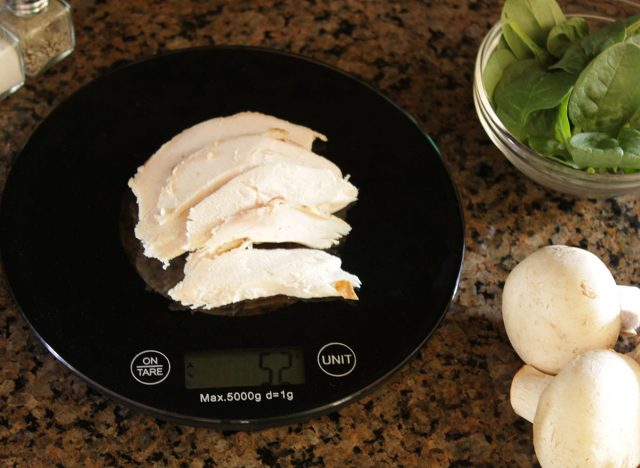
Dr. Taz recommends aiming for "30 to 40 grams of protein every four hours or so." She clarifies, "Now that rule is an average. If you are smaller, maybe you need a little bit under that 30 grams. If you are a bodybuilder or doing a lot of weights, a lot of times you'll need more."
Protein Sources: Animal vs. Plant
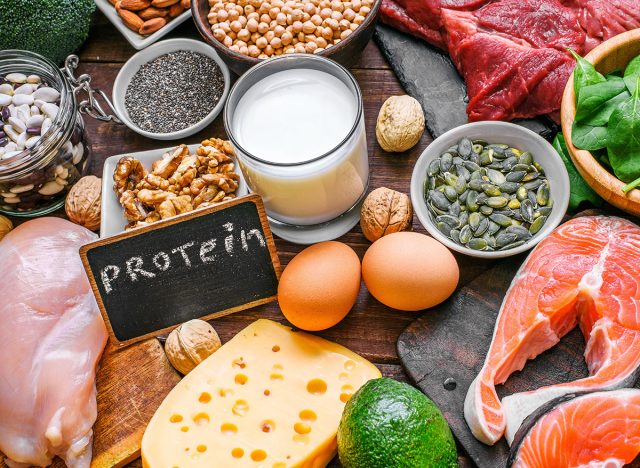
"Your meat proteins are going to provide the maximum bang for your buck," Dr. Taz notes. "We know that meat has more bioavailable amino acids than plants. Meats are also a complete source of protein." However, she emphasizes that portion control is key: "For every three ounces of meat or animal-based protein, you are getting roughly 25 to 30 grams of protein. It's half of a piece of a fish filet. It's half a chicken breast."
For vegetarians and vegans, Dr. Taz suggests creative combinations: "You can still get the protein in, but you're going to have to be a little bit creative. One of the biggest issues with plant-based proteins are the amino acids are sometimes a little bit harder to absorb, and they're not complete."
Eggs: The Perfect Protein
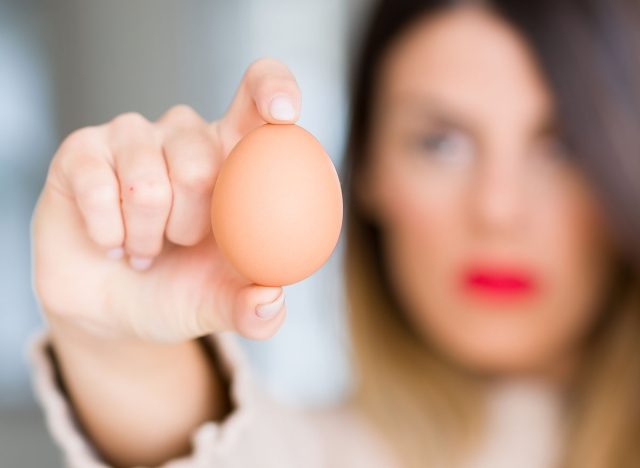
"Eggs are a complete protein," Dr. Taz explains. "They actually have choline, Omega-3 fats. One egg has about seven grams of protein." She suggests combining protein sources to reach your target: "Maybe it's two eggs plus something else, or three eggs plus something else."
RELATED: He Gave Up Sugar for 30 Days and These 5 Things Happened to His Body
Plant-Based Protein Power
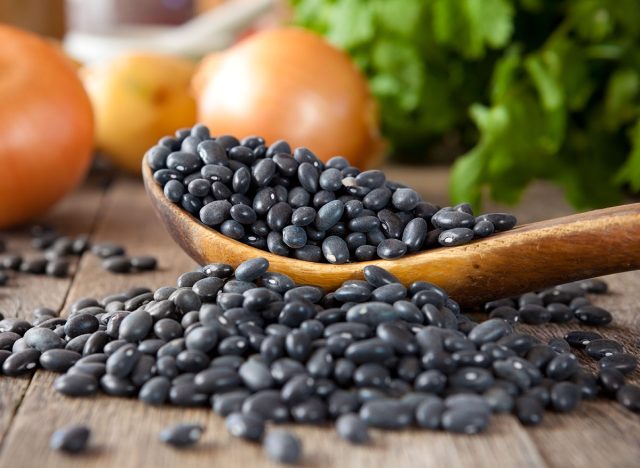
For those following a plant-based diet, Dr. Taz recommends beans and lentils: "We're going to move on to the entire family of beans, lentils, all of those that have roughly about 20 grams of protein per cup." She adds, "Lentils have a lot of great amino acids in it. They also have fiber. You're also a source of carbohydrates. It is a complete food in that it is sort of serving all the different categories against some of your macronutrients."
Protein Powders: A Convenient Option
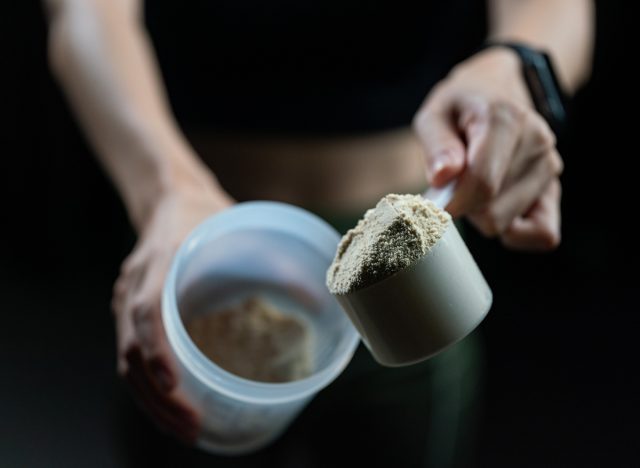
Dr. Taz acknowledges the role of protein powders in a busy lifestyle: "One scoop will give us 20 grams of protein. So by adding a scoop of protein powder into different meals, you can add up those protein grams." She suggests, "Maybe you just add a scoop of protein powder into something. Maybe it's just in straight water, honestly, you don't want to mess with it, or you add it in as a smoothie, and you have a little mini smoothie along with your meals."
Nuts and Seeds: Use Caution
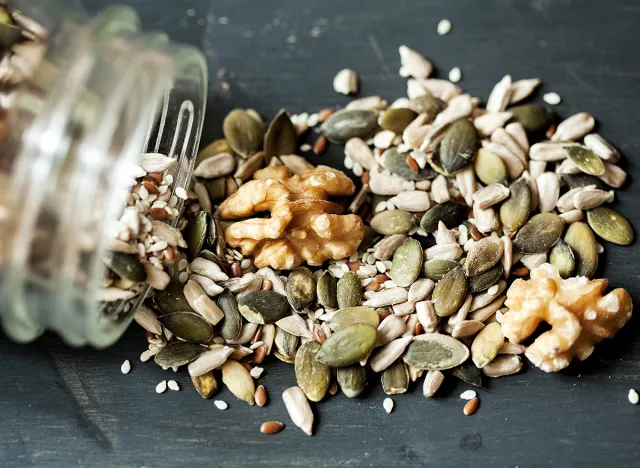
Dr. Taz warns about relying too heavily on nuts and seeds: "They have protein, but they don't have a lot of protein and people find themselves snacking on those throughout the day thinking, oh my gosh, I'm getting my protein in. But here again is the rule of thumb, about seven almonds give you about five grams of protein. So seven to 10 macadamia nuts will give you about two to three grams of protein."
RELATED: I Lost 45 Pounds Using This 3-Step "Trifecta" Method
Creative Protein Hacks
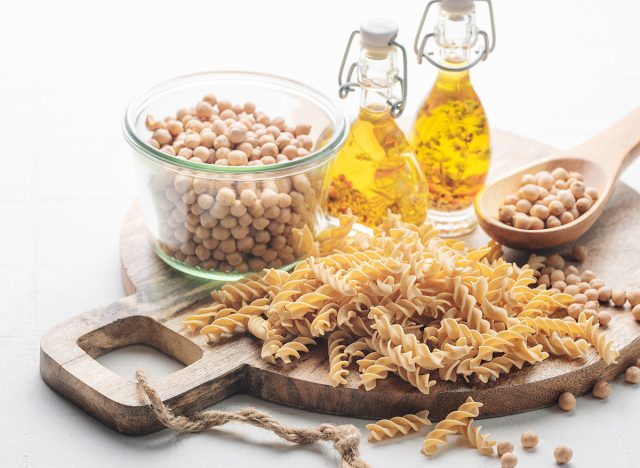
Danni Patton offers several innovative ways to boost your protein intake:
- "Buy chickpea/lentil/black bean type kinds of pasta for added protein in your spaghetti with meatballs." This can add an extra 12 to 20g of protein per meal.
- "Add in protein powder to Greek yogurt, oatmeal, or chia pudding." This adds an extra 18 to 20 grams of protein.
- "Sneak in lean ground meats to pasta, bowls, and stir-fries." This can add an extra 25 to 40 grams of protein.
- "Add collagen powder to your morning cup." This adds an extra 10 to 20 grams of protein.
- "Make your rice with bone broth instead of rice." This adds an extra 10 to 20 grams of protein.
- "Drink a cup of warm bone broth." This adds an extra 10 to 20 grams of protein.
- "Add cottage cheese to pasta sauce, blend and make a creamy low-fat, high protein sauce." This adds an extra 10 to 20 grams of protein.
- "Swap Greek yogurt for sour cream." This adds an extra 8 to 15 grams of protein.
- "Use a Greek yogurt cream cheese instead of regular cream cheese." This adds an extra 10 grams of protein.
The Importance of Protein as We Age
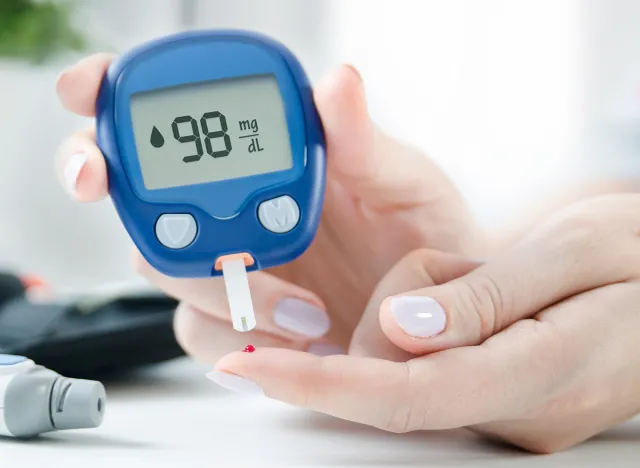
Dr. Taz emphasizes the increasing importance of protein as we age: "We need protein for blood sugar management, really to keep inflammation down, to keep our muscle mass intact. And that becomes more and more important for many of us as we're crossing that 35, 40, 50 threshold because muscle mass is going down every decade by a certain amount, and as muscle mass goes down, our blood sugar becomes more unstable."
Meal Planning for Success

Danni is an advocate of meal planning. She advises, "Pre-plan your day in a food tracking app and build your meals around the protein source." She adds that this is the "easiest way to understand how to add protein to your meals."
RELATED: 8 Signs You Are Burning Fat During Exercise
Start Small and Be Consistent
"You don't have to go from 0-100! Start by adding a little each week until you get more comfortable with your protein choices!" Danni Patton advises.
By focusing on adequate protein intake, you can address multiple health concerns simultaneously. As Dr. Taz concludes, "To really solve this issue with blood sugar, slow metabolism, insulin going all over the place, muscle mass going down, weight gain going up, inflammation going up, getting your protein grams continues to be an important part of the conversation." And if you enjoyed this article, take advantage of these 15 Quick Ways to Lose Body Fat Percentage in a Week.





